What’s in Season & MUST Eat in Summer in Japan? 8 Seasonal Veggies (Part 3 of 3)
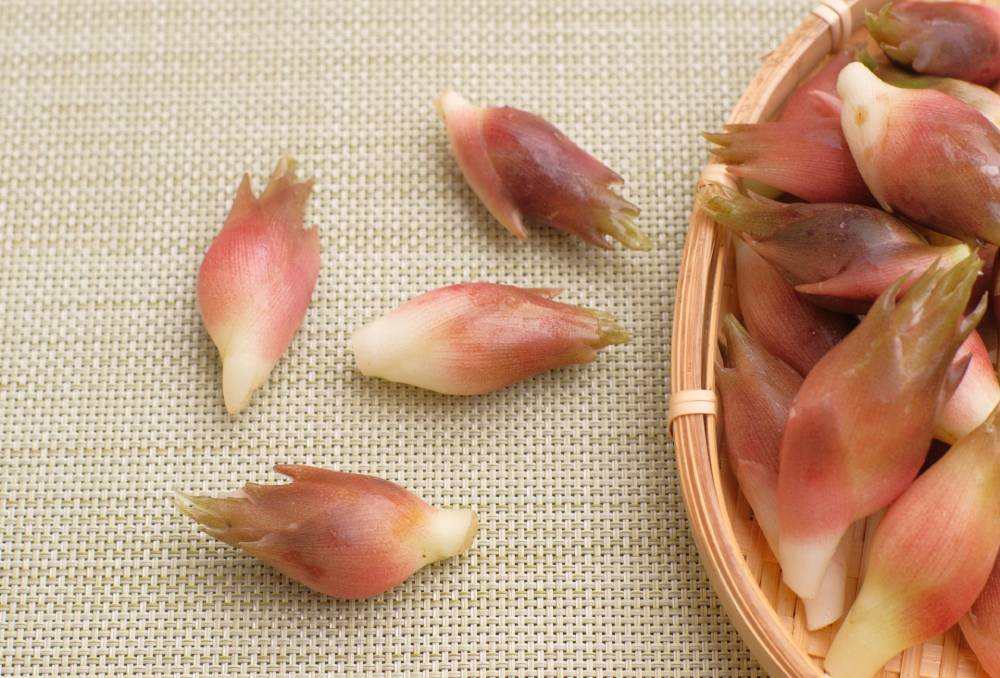

Which vegetables are delicious and fresh in summer in Japan?
旬 (shun/seasonality) is very important in Japanese cuisine and culture. Certain foods are freshest, most flavorful, and most nutritious when they are in season.
Seasonal foods grown with the best blessings of the sun and the earth are high in nutritional value and healthy. In addition, seasonal foods are cheaper because large quantities are harvested at that time. There’s no reason not to have seasonal foods!
Let’s check the seasonal vegetables in July. Some are probably uncommon outside of Japan.

I’ve listed all the kanji, hiragana, and katakana, so I hope it will be helpful for shopping in Japan.
Bitter melon
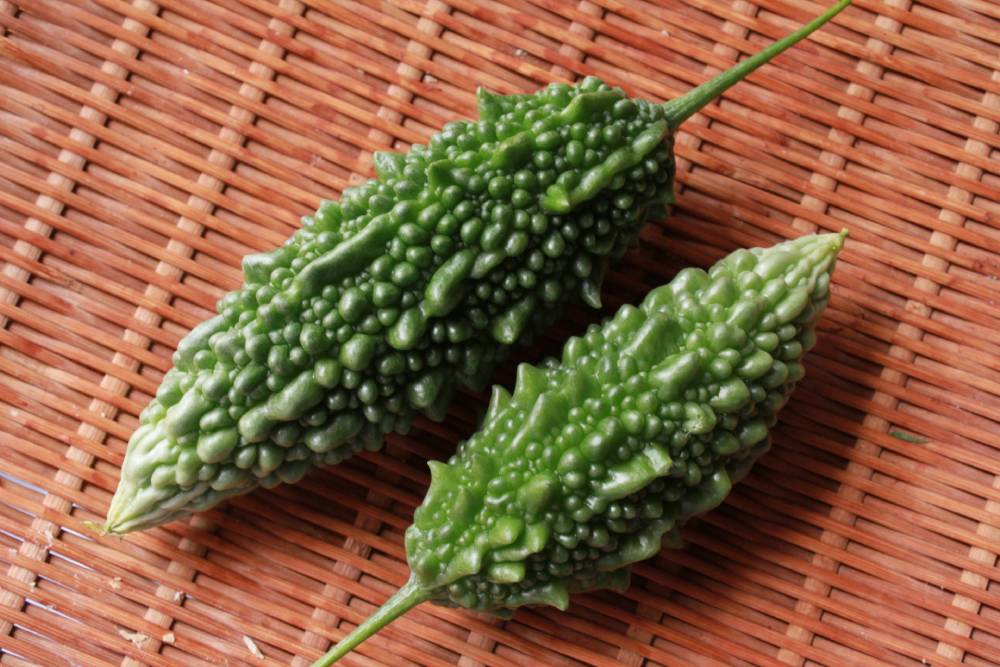
- Kanji: 苦瓜
- Hiragana: にがうり/ごーや
- Katakana: ニガウリ/ゴーヤ
- Pronunciation: nigauri/goya
Bitter melons look ugly and have a pungent taste, but, are very good for you. It keeps you healthy, and a study at the University of Colorado Cancer Center showed that bitter melon juice kills cancer cells.
Often stir-fried, “Goya Champuru (Stir-fried with pork, tofu, and egg)” is one of the most popular dishes. It came from Okinawa but became popular nationwide. Here is the recipe.
Generally, only sold in summer.
- vitamin C
- folate
- potassium
- fiber
- momordicin
Garlic

- Kanji: 大蒜 (Kanji is not commonly used.)
- Hiragana: にんにく
- Katakana: ニンニク
- Pronunciation: nin niku
Despite its small size, garlic is very nutritious and is effective for recovering stamina.
You’ll easily find garlic in any season, but most of them are imported from overseas. Japanese grown garlic is also available but tends to be expensive.
- vitamin C, B6, A, B1, B2, B12, D, E
- manganese
- calcium
- copper
- iron
- phosphorus
- potassium
- selenium
- allicin
Bell Pepper

- Kanji: 黄青椒 (Kanji is not commonly used.)
- Hiragana: ぱぷりか
- Katakana: パプリカ
- Pronunciation: paprika
Bell peppers add beautiful color to your meal. The fruit of bell pepper is thick, sweet, and fresh.
Bell peppers available in Japan are usually imported from foreign countries. Although the amount is small, it is also produced in Japan. Kumamoto and Miyagi prefectures are the main production areas for domestic bell peppers. Those harvested in Japan are the cheapest and the most delicious in summer.
- vitamin A, C, E
- β-carotene
- fiber
- potassium
- iron
Piiman
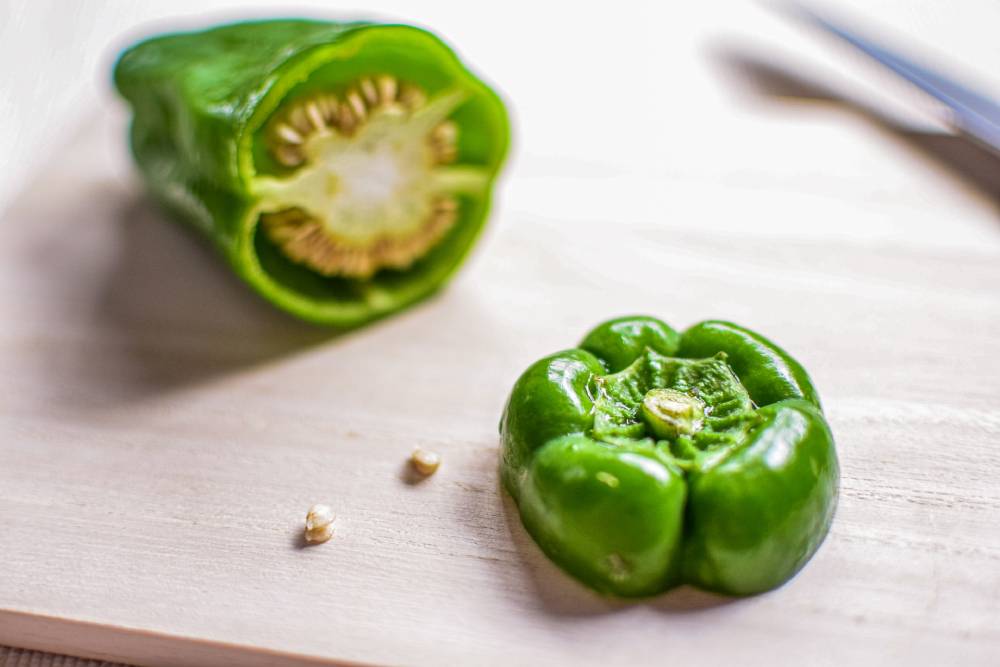
- Kanji: 甘唐辛子 (Kanji is not commonly used.)
- Hiragana: ぴーまん
- Katakana: ピーマン
- Pronunciation: piiman
Piiman is often translated as green bell pepper, but I think it is different from bell peppers. At least, it is different from those in the States. (I used to live in the States.) Piimans are smaller, thinner, and more bitter.
I love “Piiman no Nikuzume (stuffed piiman with ground meat)”. Here is the recipe. If you don’t have piimans, green bell peppers are totally fine. I would make it with American green bell peppers when I was in the States.
Piimans are usually available in any season, but summer piimans are cheaper and fresher.
- vitamin A, C, E
- β-carotene
- fiber
- potassium
Myoga ginger
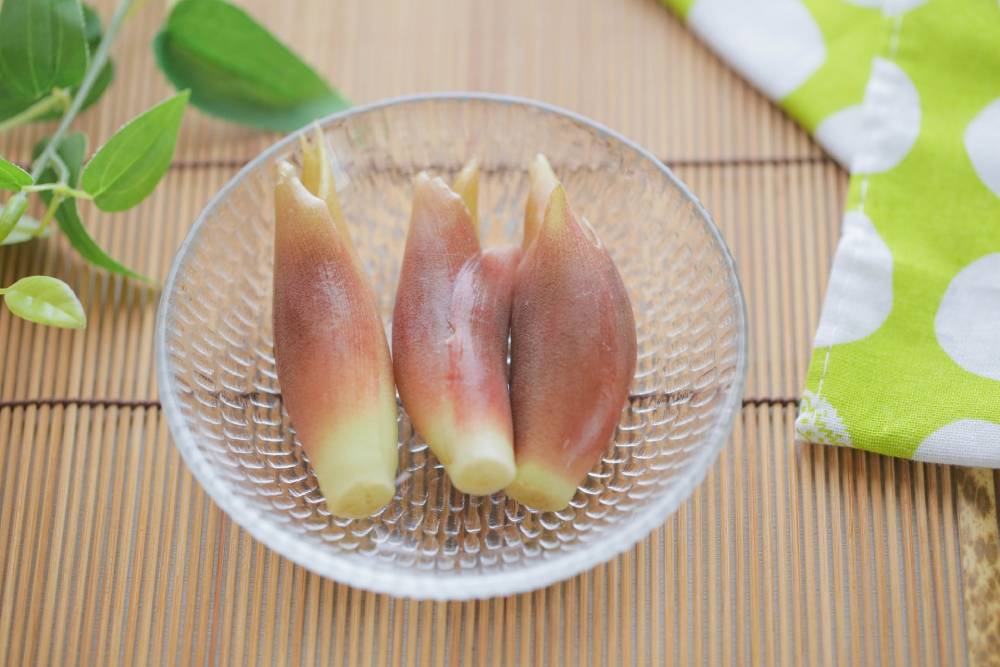
- Kanji: 茗荷 (Kanji is not commonly used.)
- Hiragana: みょうが
- Katakana: ミョウガ
- Pronunciation: myoga
Also called Japanese ginger or myoga radish. Myoga is a member of the ginger family, an herb-like plant native to Japan, China, and Korea. Among these, it is cultivated for food only in Japan, so it is one of the vegetables that can only be eaten in Japan.
It has a unique refreshing flavor and spiciness and is usually used as a condiment or a spice.
Generally, you’ll find myoga in grocery stores only in summer.
vitamin C, B1, B2
potassium
folate
anthocyanin
Moroheiya Leaves

- Kanji: 縞綱麻 (Kanji is not commonly used.)
- Hiragana: もろへいや
- Katakana: モロヘイヤ
- Pronunciation: moroheiya
Also known as Jew’s Mallow, Moroheiga, Mulukhiya, Bush okra, and Egyptian spinach.
Moroyeiya leaves have a slightly bitter taste. When cooked, the leaves will become slimy and sticky. They can be used in salads, soups, or added to a smoothie.
Moroheiya is usually available only in summer.
- β-carotene
- vitamin A, B2, C, E, K
- folate
- copper
- calcium
- fiber
Rakkyo onion
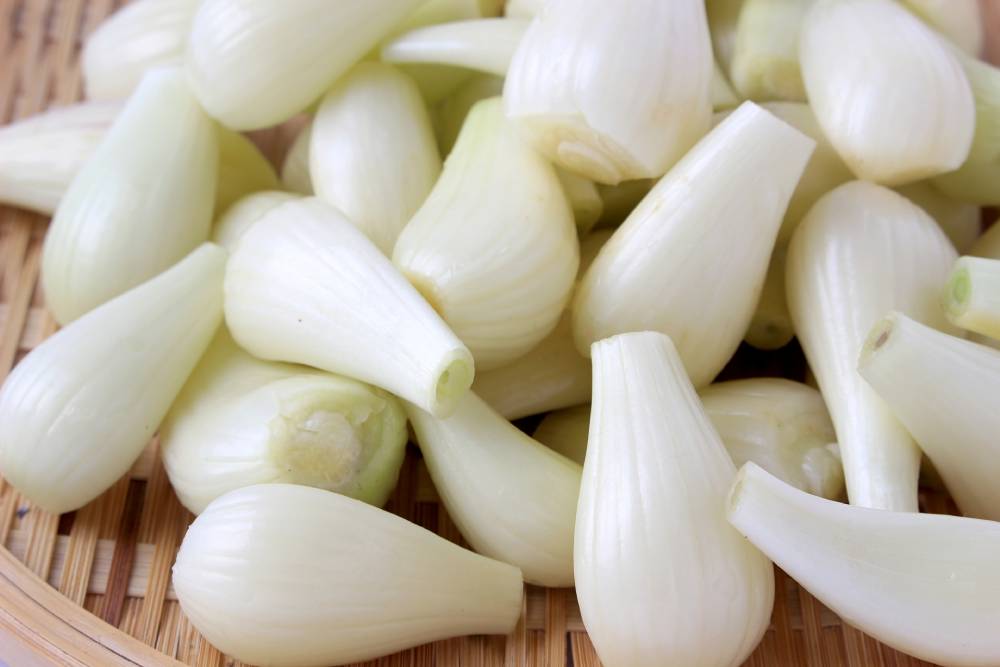
- Kanji: 辣韮 (Kanji is not commonly used.)
- Hiragana: らっきょう
- Katakana: ラッキョウ
- Pronunciation: rakkyo
Also known as Japanese scallion, Japanese leek bulb, Japanese shallot, or Chinese onion.
Rakkyo has a crispy and crunchy texture. It looks like a shallot but less bitter and slightly sweet. It is usually pickled in light vinegar and used as a garnish with curry.
Pickled rakkyos are available in any season. It is probably difficult to find fresh rakkyos, some grocery stores might have them in summer.
- fiber
- potassium
- vitamin C
- allicin
Lettuce

- Kanji: 萵苣 (Kanji is not commonly used.)
- Hiragana: れたす
- Katakana: レタス
- Pronunciation: Lettuce
Lettuce has a delicious crispy texture with a lot of water content. It is usually used as a salad, sometimes used in soup or stir-fried.
It’s not hard to find lettuce in any season.
- β-carotene
- fiber
- potassium
- calcium
- vitamin C
Summary
| Vegetable names | The best season in |
| Bitter melon | July August September |
| Garlic | May June July August |
| Bell Pepper | June July August |
| Green Pepper | June July August |
| Myoga Ginger | July August September October |
| Moyoheiya Leaves | July August |
| Rakkyo Onion | June July |
| Lettuce | April May June July August November December |
Thank you for reading! Enjoy seasonal vegetables and enjoy summer!
What’s in Season & MUST Eat in Summer in Japan? 8 Seasonal Veggies(Part 1 of 3)
What’s in Season & MUST Eat in Summer in Japan? 8 Seasonal Veggies (Part 2 of 3)
 Comment
Comment

 Home
Home 01/11/2023
01/11/2023